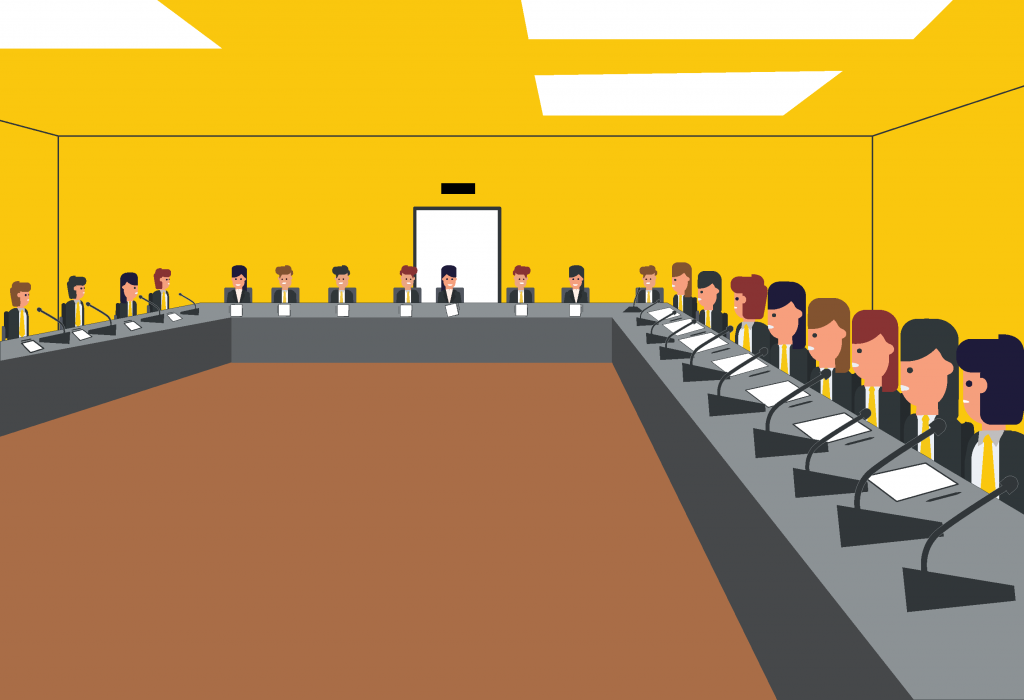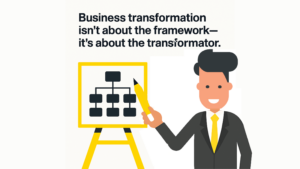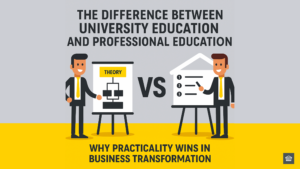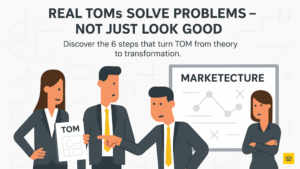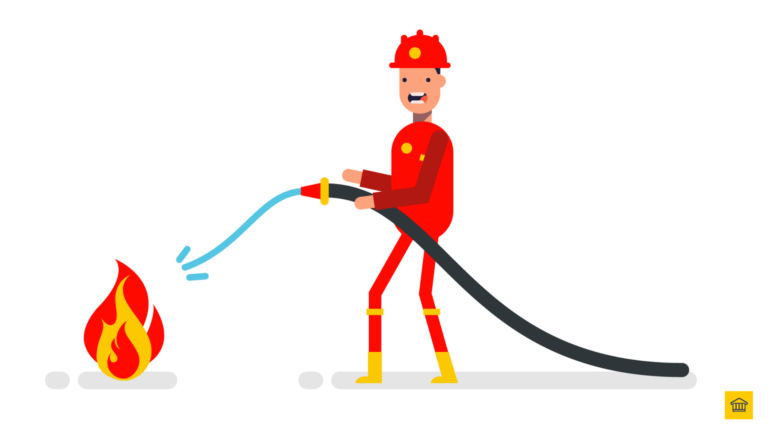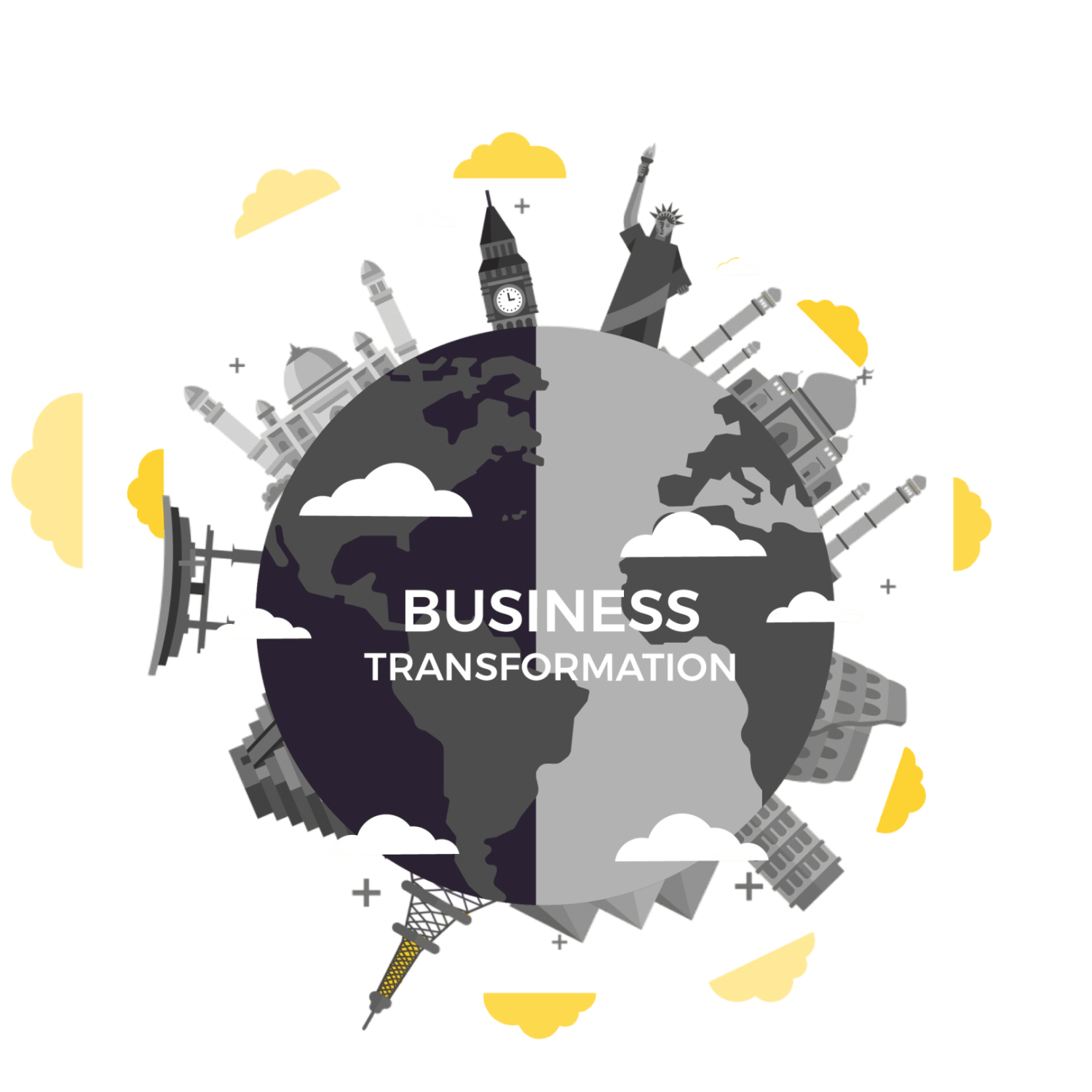If you want to transform your business or help your clients transform theirs and want to do it quicker, with less resistance, then this is for you.
This article is about how to get the right level of governance on your transformation without killing it.
We will discuss the following six (6) aspects of how to get the right level of governance for your transformation, which are:
- Governance framework
- Governance model & design process
- Its objectives
- What governance addresses
- It’s building blocks, and blueprints
- How it works
1. What is the Governance Framework
A HOBA TECH, and our approach, we’re all about efficiency, and in terms of Business Transformation, it’s about delivering the transformation, efficiency (which also means not creating realms and realms of documentation, that just wastes copious amounts of time, and money, and definitely doesn’t result in transformation. We wrote about it in another post here).
The Governance framework (or Governance Structure it is often referred too as) should reflect the Agile nature of the requirement development process, and thats… KISS. Keep It Simple, Simon. The governance framework is used to manage decisions on both the Programme and the Business Architecture, and is based on an equally simple 3-tier model:
The actual governance structure itself is a 3-tier governance structure. The 3-tiers are divided into the following:
- ‘Programme steering’ decisions are held and made at the top with the Programme Board,
- ‘Design’ decisions, which are made in (and across) the Programme with the Solution Design Board (SDA), made up of the Business Design Authority (BDA), Technical Design Authority (TDA), and
- ‘Implementation and delivery’ decisions, which are made in (and on) the projects at the Project Level.
Business Operations Users define the problem and solutions (ie changes) to address the problems, in the second (2nd) tier is the Solution Design Authority (SDA) which consists of two (2) separate bodies – the Business Design Authority (BDA) and the Technology Design Authority (TDA).
They meet separately to discuss and agree internally, on their respective Business and Technology concerns and considerations, who are made up of Senior Managers and Leaders from their respective Business and Technology areas, domains, and business units from across the Organisation. This here provides the ‘across organisation’ perspective, so that areas and stakeholders across the business have the following two (2) crucial elements necessary for efficient decision making. These groups of stakeholder are:
- Aware of changes and recommendations, and
- Are involved in the decision-making process where they can help influence the outcome to get the maximum benefit of the changes (and reduce technology and business change debt), which are agreed in a single forum – the Solution Design Authority (SDA), before taking the recommendations to the Programme Steering Board (which is represented by senior leaders across the organisation) for decision.
This ensures views and concerns from the bottom to the top, and across our concerns, needs and changes are considered and agreed, to maximize value, return on investment, reduce risk and change debt’.
The Governance framework (or Governance Structure it is often referred too as) should reflect the Agile nature of the requirement development process, and thats… KISS. Keep It Simple, Simon.
Heath Gascoigne Tweet

2. Governance Model & the Design Process
The Governance Model is the second (2nd) step in the HOBA Design Process that addresses the areas and activities that are important and necessary to identifying, validating, and implementing the process and frameworks to manage the design, decisions, scope, and risks in developing and implementing the organisations Target Operating Model (TOM).
The Governance Model is where the process of managing, the following aspects of the Programme and Business Architecture are developed and agreed upon:
- The design (ie the Target Operating Model design)
- Decisions
- Scope, and
- Risks
3. What is the objective of the Governance Framework
The objective of the Governance Framework is to ensure (and assure) the Business Architecture and Blueprints get reviewed (and are approved) by the appropriate Stakeholders who are at the appropriate management level up and down, and across the organisation.
They should also have the appropriate seniority and knowledge from their respective areas of responsibility within both the Organisation, as well as Stakeholders, who have the appropriate level of authority within the Organisation structure of the Organisation.
What the efficient Governance Framework does, is it incorporates the needs of all the key stakeholders and known dependencies both in and outside the Programme, setting up and establishing the framework to identify and manage the Decisions, Scope, Risks, Assumptions, Issues, and Dependencies (RAID) affecting the development of the design and implementation of the physical Business Architecture ie the physical changes (people, process, technology & data) that is seen, felt and experienced by the Organisation.
4. What governance addresses
It addresses the ‘Who?’ (and ‘What?’) aspect of the ‘Why, Who, What, Where, How and When?’ questions asked of both the Business and the Business Architecture.
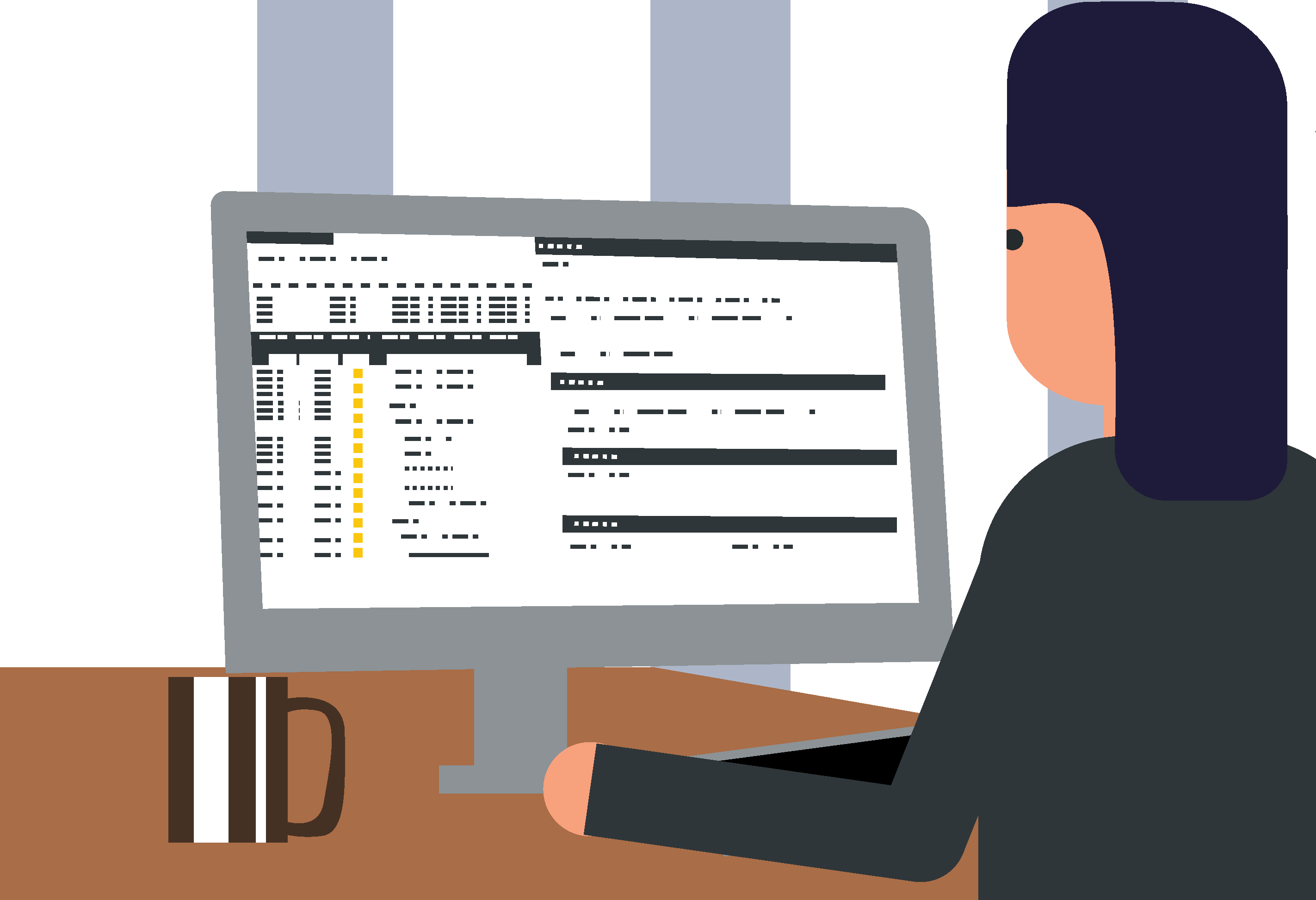
5. What are the Governance Model Building Blocks and Blueprints to help you have the right level of governance?
The following are the three (3) building blocks and blueprints you need to support the right level of governance.
- Business Architecture Approach
The ‘business architecture approach’ (“approach” for short) provides the framework for managing the decisions and architecture requirements across the Programme. - Vision Mapping
Vision Mapping is the business architecture building block that provides the set of principles as the general rules and guidelines used to govern ‘what is in’ and ‘what is out of scope’ for the Programme and Business Architecture. - Risks, Assumptions, Issues & Dependencies (RAID)
The RAID is the blueprint that provides both the process and register to capture and manage Risks, Assumptions, Issues, and Dependencies (RAID) affecting the Programme and Business Architecture.
The Blueprint that captures the Governance Framework is the ‘Architecture Governance Framework’, which consists of all the governance activities from the (Business Architecture) Requirements Management Framework to the necessary meetings and ceremonies and tracking and reporting to manage the development and delivery of the Business Architecture deliverables and requirements within (and across) the Programme.
As a result, you are better able to make and manage the decisions needed (and in a timely manner) for a successful business transformation.
6. How does it work?
Business Architecture Governance is the Building Block that establishes the Business Architecture Governance Framework (‘Governance Framework’), structure, board and board members that sit on those boards. It also includes the process to review and approve decisions to and in those boards.
The Governance Framework also includes assessing the key stakeholders to understand the influence they have on the Programme (to implement strategies to manage them and their expectations), and their roles, and responsibilities. It contributes to the Business Architecture deliverables, the necessary meetings, and ceremonies, and how to track and monitor progress.
If you want to learn more about the 6-Step Agile Business Transformation framework already used by thousands across the world to transform their business, including the UK Government, FTSE 100 Companies, and startups, check out here.
If you want to read why others are calling The Business Transformation Playbook, the “Business Transformation Bible” read the reviews on Amazon here or see its listing on The Business Strategy eBook List of All Time, click here.
Hope you find that useful. If you did, let me know in the comments below what you like and would like to see next, and share this with anyone you think would benefit from it!
Hope you find that useful. If you did, let me know in the comments below what you like and would like to see next, and share this with anyone you think would benefit from it!
Thank you for reading this!
Sincerely,
Heath Gascoigne
P.S. If you want to join our Business Transformator community of over 2,000+ like-minded Business Transformators, join the community on the Business Transformator Facebook Group here.
P.P.S. If you want to learn more about business transformation, check out The Business Transformation Playbook here.
For more information, visit https://www.hoba.tech

